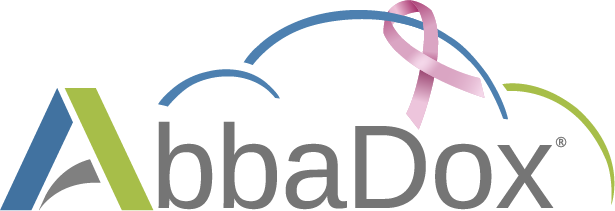There is more to improving radiology efficiencies than just imaging interpretation, and AI is not the only answer.
It’s no secret that AI is having its moment in radiology. It’s become the buzzword of the last several years, and anytime it’s mentioned, people seem to be all ears. The idea behind AI’s stardom is the promise that, when refined, it can offer cost-cutting results by replacing human labor with machines. The area where this is commonly published, shared, and consumed is in image interpretation and basic triage, from shaving seconds off studies that are easy to read to improving more complex studies to aid early detection and error reduction. For radiology, AI is not where the discussion should begin and end. Image interpretation is certainly a costly part of the radiology continuum, but there are other parts to this equation that shouldn’t be neglected.
While we’re seeing HIT companies focus their time and resources into mainly advancing these types of AI capabilities, their practice management solutions (like RIS) are left behind in “maintenance mode,” leaving workflow improvement and optimization at a standstill. The true and enduring priorities of HIT improvements and enhancements should be patient care and efficiency. These are better realized through a top-of-the-line RIS that incorporates AI and other automation technologies to streamline and optimize workflows, rather than a solution that offers imaging-specific AI developments alone.
Administrative Tasks are the Real Culprit
You would think that as years pass, registration and scheduling tasks would become refined and therefore simplified, but the truth is, with the advent of increased regulations and insurance companies creating more and more hurdles, the tasks have only become more time-consuming. As a result, the administrative obstacles to perform a test in a timely manner and get paid are growing and far more complex than ever before. That’s where intelligent orchestration, automation, and AI tools tailored to meet these demands come in.
Registering and Scheduling a Patient Shouldn’t Be Dreadful
Hospitals and diagnostic centers exist to service patients when they are at their most vulnerable state: not feeling well. But like any business, their effort can’t just go into making the sale, it has to also focus on providing the best possible patient experience. Only then can they retain or earn their referring physicians’ and patients’ trust. But as many of you know, when a doctor recommends another exam – as the patient – it’s dreadful. You know you’re likely in for another frustrating and lengthy process that will inevitably require a lot of patience.
What’s interesting, is that the healthcare administrators feel just like the patients. Scheduling and registering a patient takes anywhere from 15-30 minutes – on average – and to add to that, the process of authorization is often shared among a group of people. All of which require the use of different technology vendors that are either integrated or manually run. Booking multiple procedures in one visit, managing complex requirements and managing multiple locations is difficult enough. Add determining insurance eligibility, patient responsibility, arranging patient transportation and juggling payment and billing solutions in different applications, and you get a clear picture of how the staff and patient can quickly become overwhelmed.
Doesn’t that sound like a nightmare for all parties involved?
At AbbaDox, we’re primarily focused on the patient’s care and experience, because your clients are our clients. By seamlessly integrating technology solutions in the cloud and minimizing the number of people involved in the process, we’re giving you a more efficient solution that makes your workflows a breeze. Patients will no longer dread getting an exam done, and employees will feel empowered rather than drained by what should be a simple aspect of their job. It’s a win all around, as the imaging center’s bottom line will benefit, too.
Look at it this way: AI is more like the supporting role, but the real stars are patient care and administrative efficiency, and you won’t achieve those with AI alone. AI has its role in HIT. We ourselves provide Natural Language Processing (NLP) and consider it an important and indispensable data processing feature of AbbaDox. The NLP output is integrated into our workflow engine that turns it into actionable data. So when evaluating a RIS for your practice needs, you’ll want to be sure that more than just AI is integrated. You’ll want access to tested, integrated technologies that optimize every process in the patient’s journey. Challenges in healthcare are becoming more and more like a meteor shower – hitting us from all sides – and AI applied to images alone isn’t going to give you or your patients the solutions you need. Think of your goals, and choose a RIS that’s cast all the right roles.
By: Yaniv Dagan | CEO of AbbaDox







